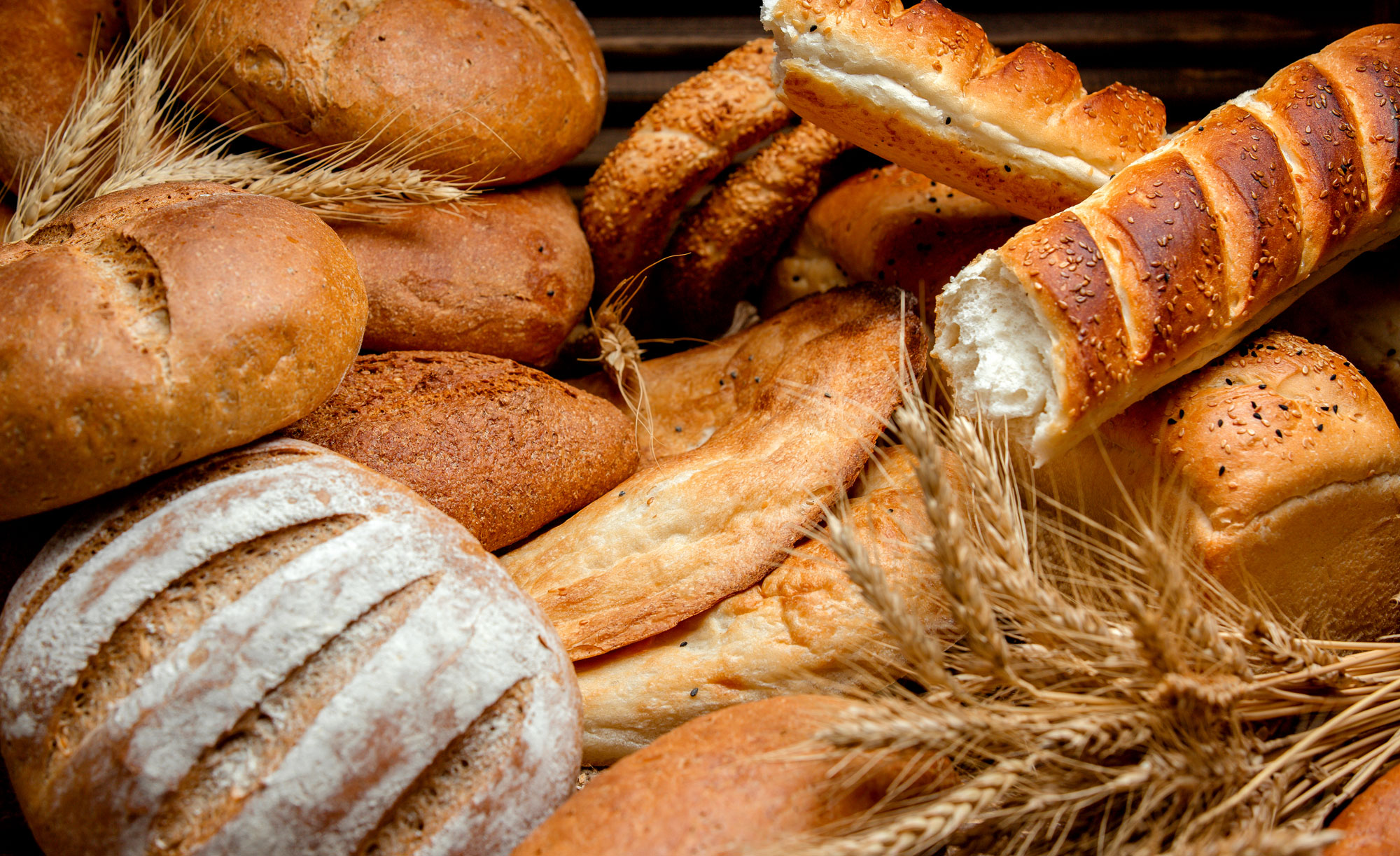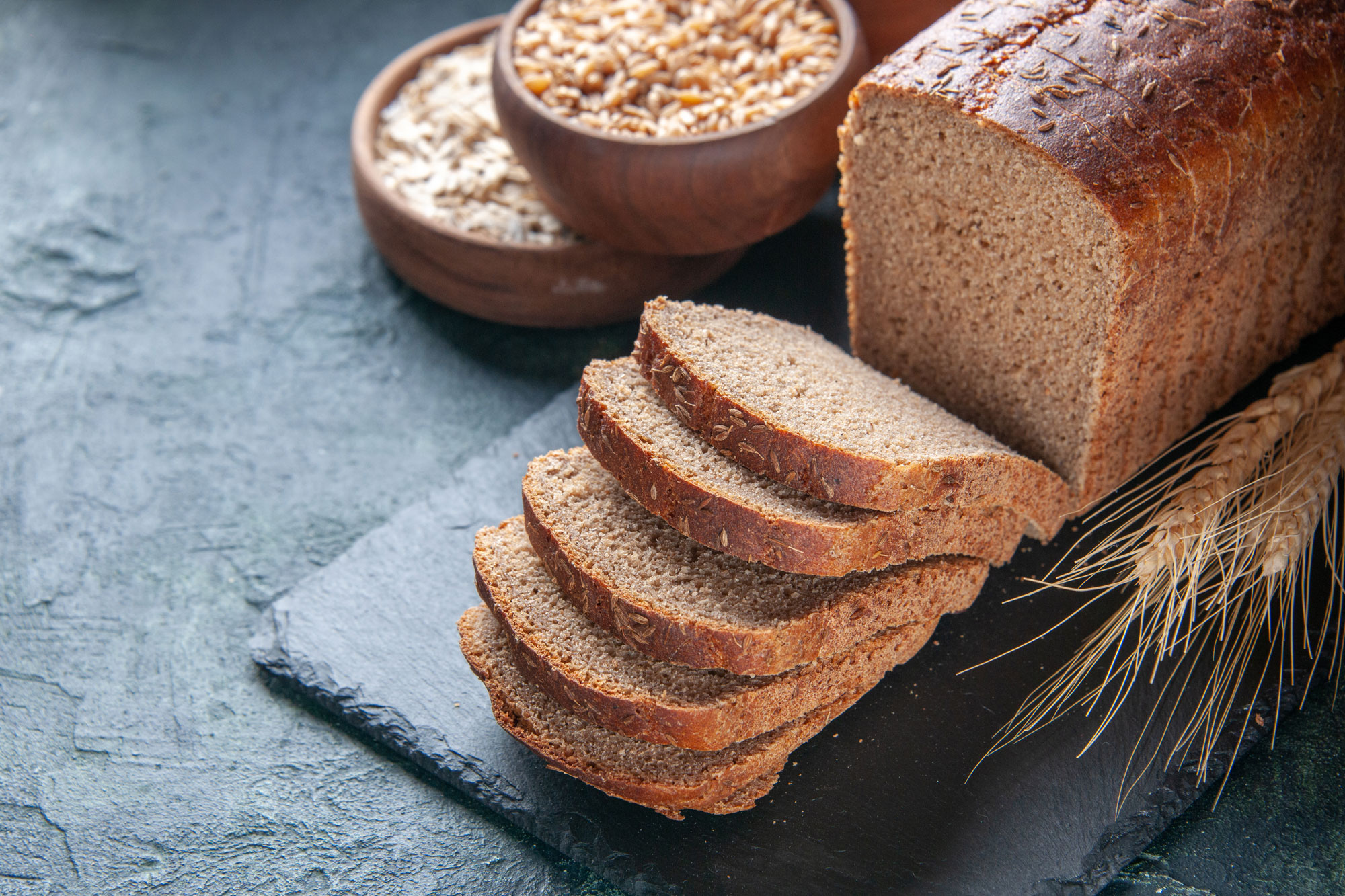
Bread consumption – effects on the body
Bread, considered one of the most controversial foods, is not missing from the daily diet of 8 out of 10 Romanians. The high percentage (approximately 82%) is the reason why Romania ranks 1st in the top of bread-consuming countries in the European Union.
Nutritionists recommend excluding white wheat flour bakery products from your daily diet, or at least reducing your consumption.
The main controversy regarding bread is that, although experts do not recommend it, bread is one of the oldest foods eaten by our ancestors, “who lived healthy until old age.”
Nothing more true, but in the time of the grandparents, wheat was not as processed as in our times, when most wheat bran and germs are removed, and phosphates, baking soda and excess salt were not used in the preparation of the bread.
The bottom line is that white bread is the most uninspired choice in terms of carbohydrate intake, which is so necessary for the body, and excess white wheat flour bakery products can lead to:
- An unbalanced lifestyle, with a high intake of unhealthy carbohydrates;
- Digestive and metabolic problems caused by high starch concentration;
- Water retention and high blood pressure caused by salt;
- Hyperglycemia, by reducing insulin production, bread being well known for its high glycemic index;
- Diabetes;
- Extra pounds or slowing down.

The bread may seem appetizing, especially in combination with certain foods, but it is good to know that nutritionists and metabolic specialists believe that the effects of white bread on the body are similar to those of sugar.
And since we can’t exclude this product from our daily diet, we can opt for healthier varieties of bakery products, with a high consumption of fiber and protein, which not only help us maintain our figure, but also have multiple benefits for the body.
So “our everyday bread” must be made from 100% whole grains (durum wheat, barley, rye) and must not contain sugar or other additives.
To make sure that you use the best type of bread for daily consumption, read carefully the nutritional values on the label, because most of the products on which it says “whole wheat flour” actually contain a high concentration of white flour and sugars.
